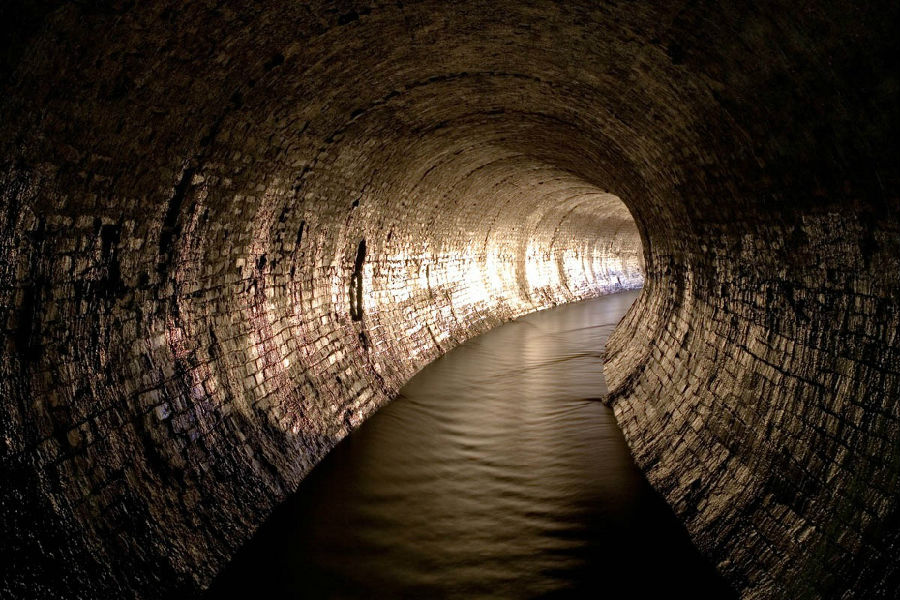Sewers are a marvel. They allow us to live close together without cities turning into smelly, disease-spreading swamps.
下水道堪称奇迹。因为它,人们过上亲密的群居生活的同时,不至于把城市搞得臭气熏天、疾病泛滥。
In a sewer's anaerobic conditions, common sulfate compounds are reduced by bacteria to hydrogen sulfide — the source of that rotten egg smell. And hydrogen sulfide when exposed to air forms sulfuric acid. Which eats away at concrete. The result: crumbling sewers.
在下水道缺氧的情况下,细菌会将常见硫酸化合物分解,使其转化为硫化氢——这便是臭鸡蛋气味的来源。当硫化氢暴露在空气中时,会形成硫酸,硫酸有侵蚀混泥土的作用,使得下水道破碎不堪。
The response has been to try to remove sulfide from sewage water. But researchers in Australia asked a different question: where does the original sulfate come from?
一直以来,人们都在试图将硫化物从污水中分离出来。然而,澳大利亚研究人员却转变了思路:这些硫化物来自哪里?

Turns out much of it is from drinking water treatment. Aluminum sulfate is added at most Australian drinking water plants tested to coagulate solids out of the dirty water. That process is the source of more than half the resulting sulfates in the sewage. Numbers are similar in the U.S.
调查结果显示,大部分的硫化物都产生于饮用水的处理。在澳大利亚的饮用水工厂中的污水里加入硫酸铝进行检测,结果显示绝大多数的饮用水工厂里的污水都出现了凝结颗粒。污水中大部分的硫化物均来自这一处理过程。美国也出现类似的调查数据。
The scientists say that by switching to nonsulfate-based coagulants, governments worldwide could save a billion dollars a year in sewer repair costs. The research is in the journal Science.
科学家说,如果用不含硫酸盐的凝结剂取代含硫酸盐的凝结剂的话,每年,世界各国政府便能在下水道的维修费用中省下十亿美元。该项研究在《科学》杂志中发表。
Today, drinking water is managed separately from sewage treatment. A related editorial calls for a holistic approach to water management that looks at the entire water cycle, and helps save sewers in the process.
如今,饮用水管理和污水处理是分开进行的。相关社论呼吁:需从水循环着手对水进行全面管理,同时也要注意保护下水道。












